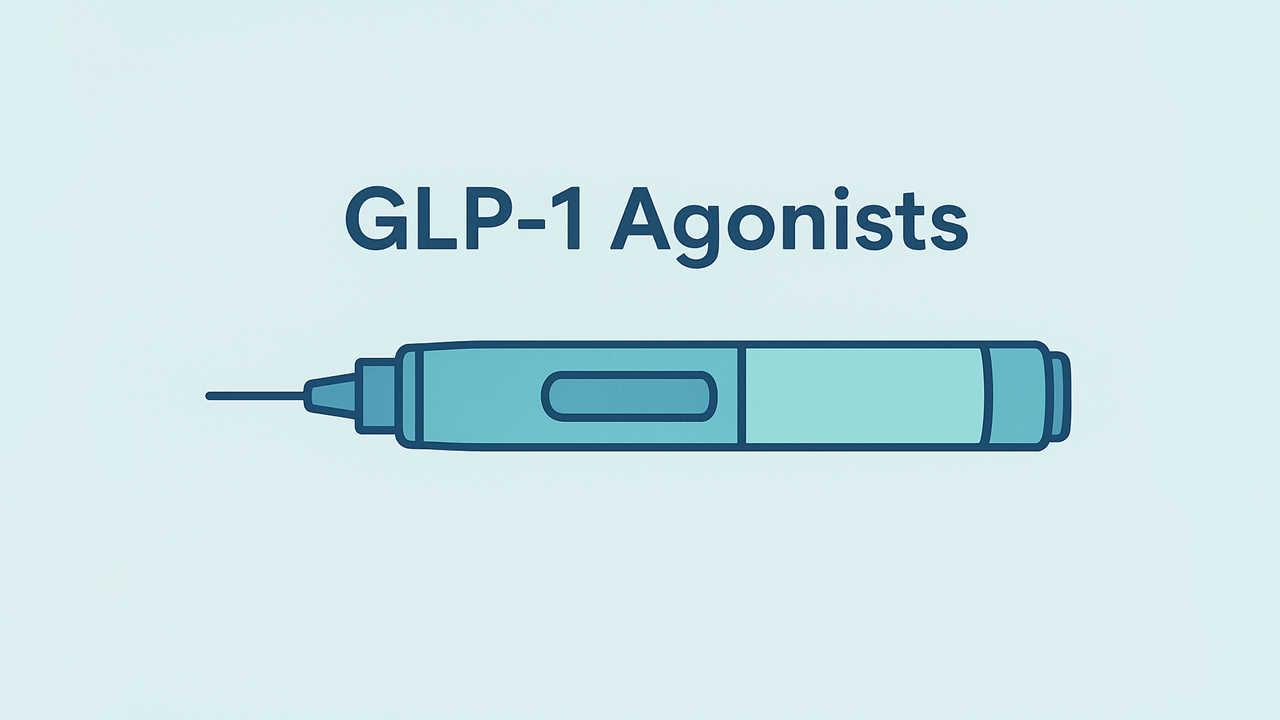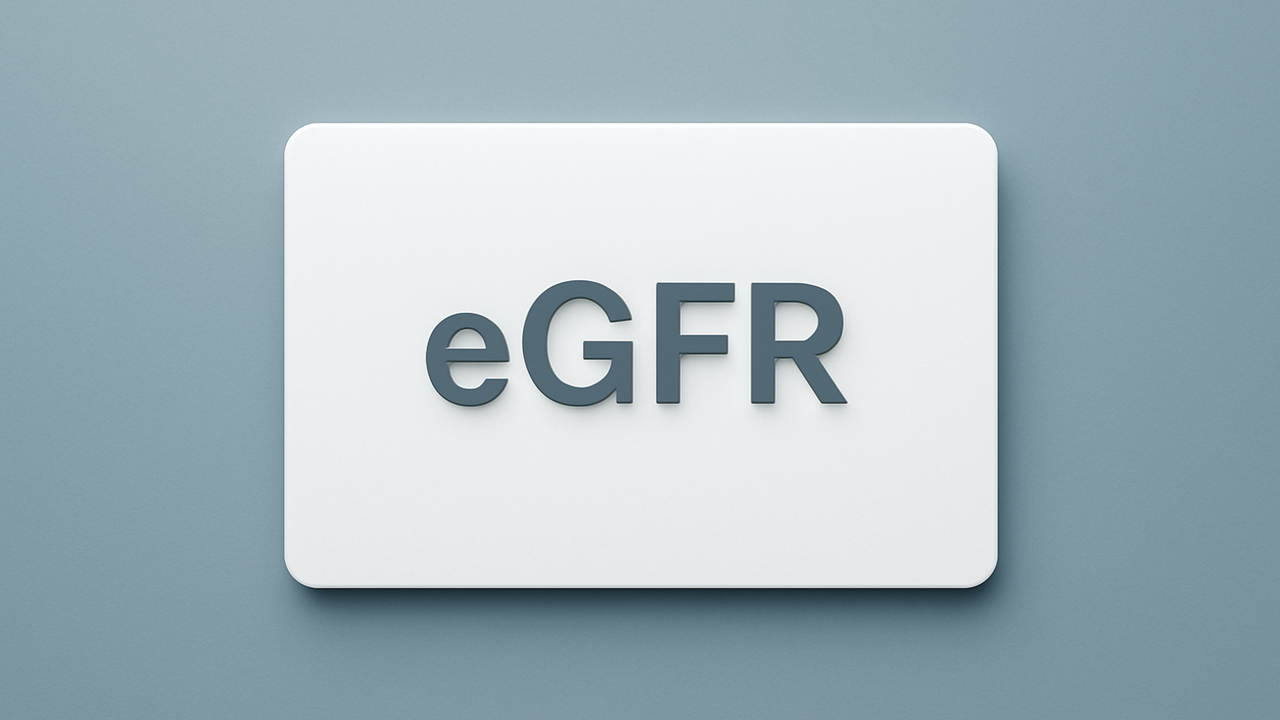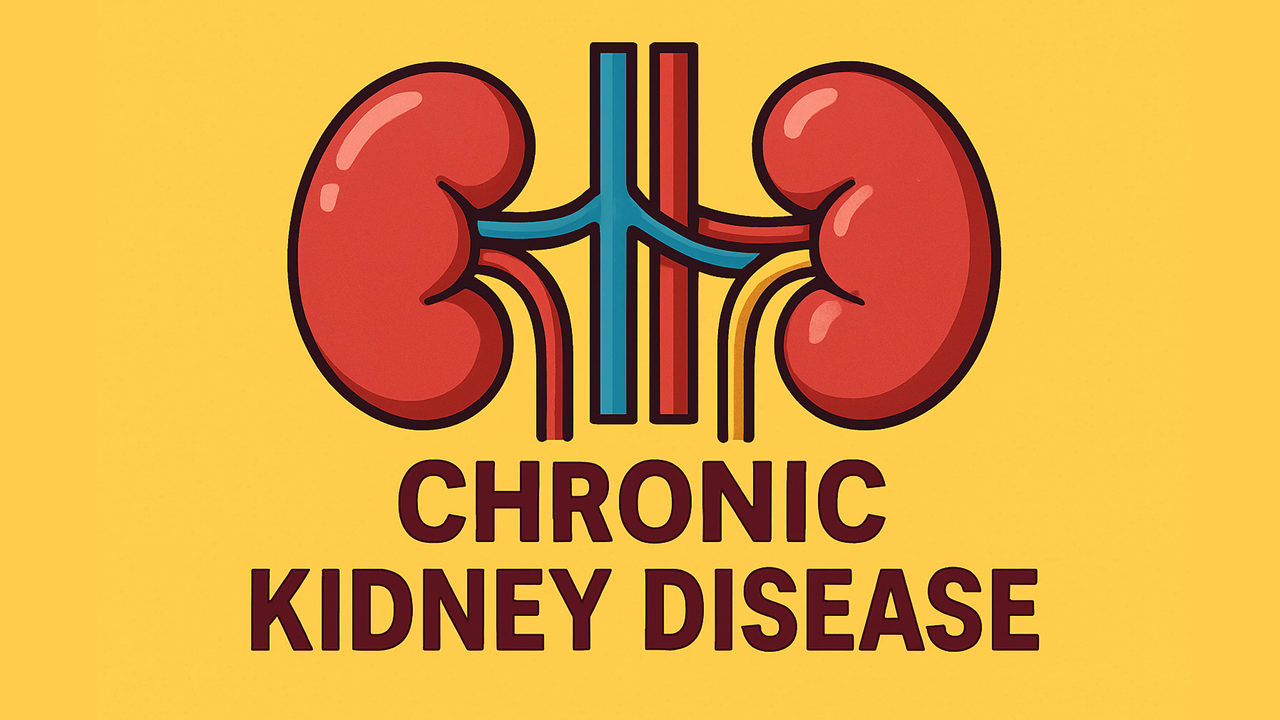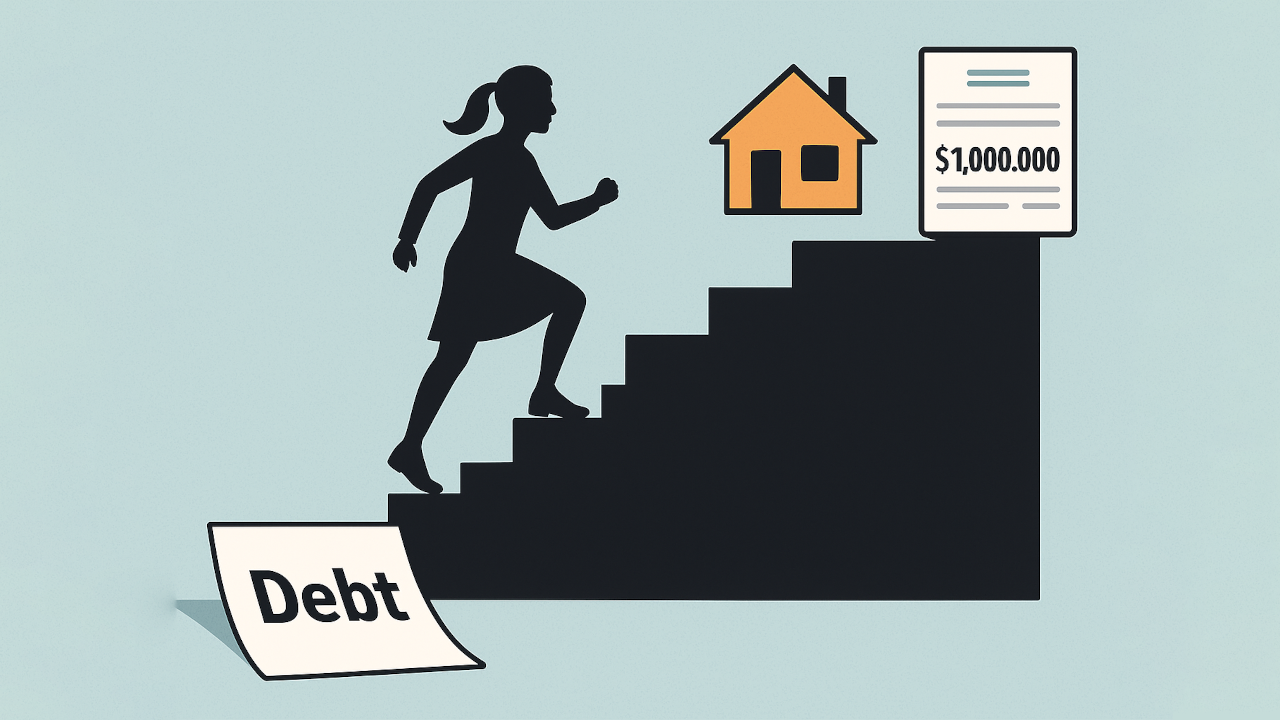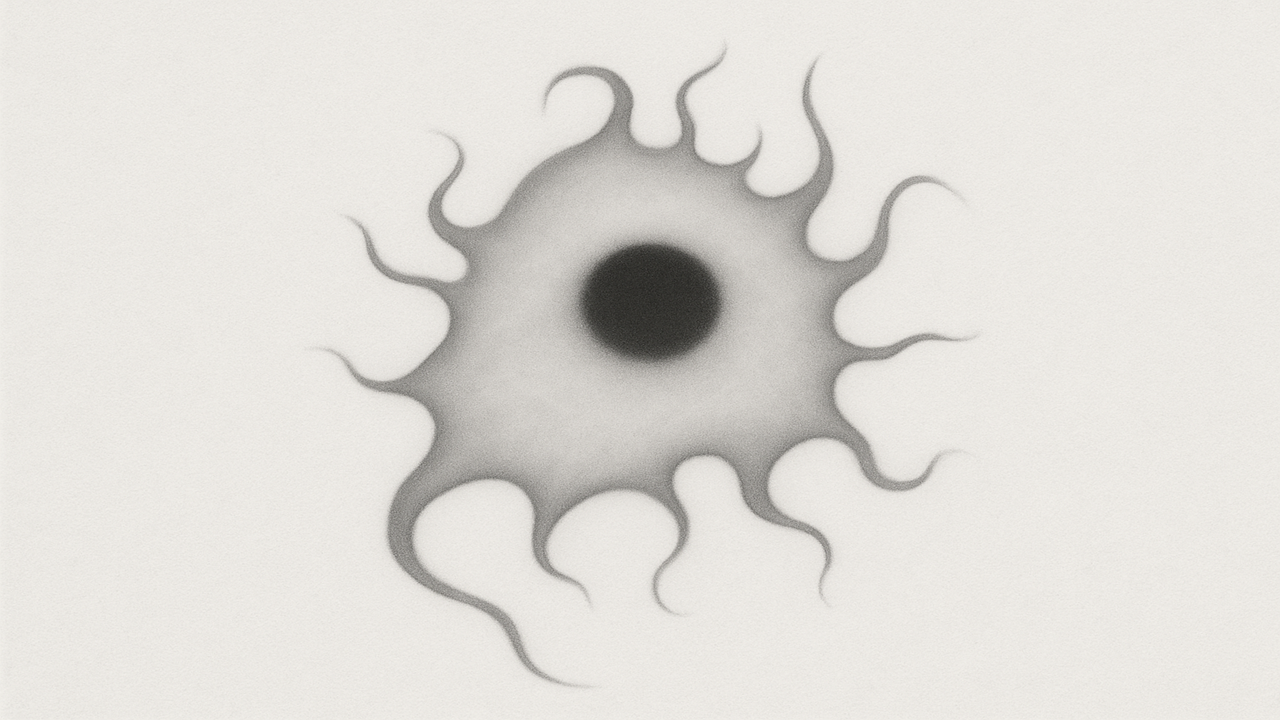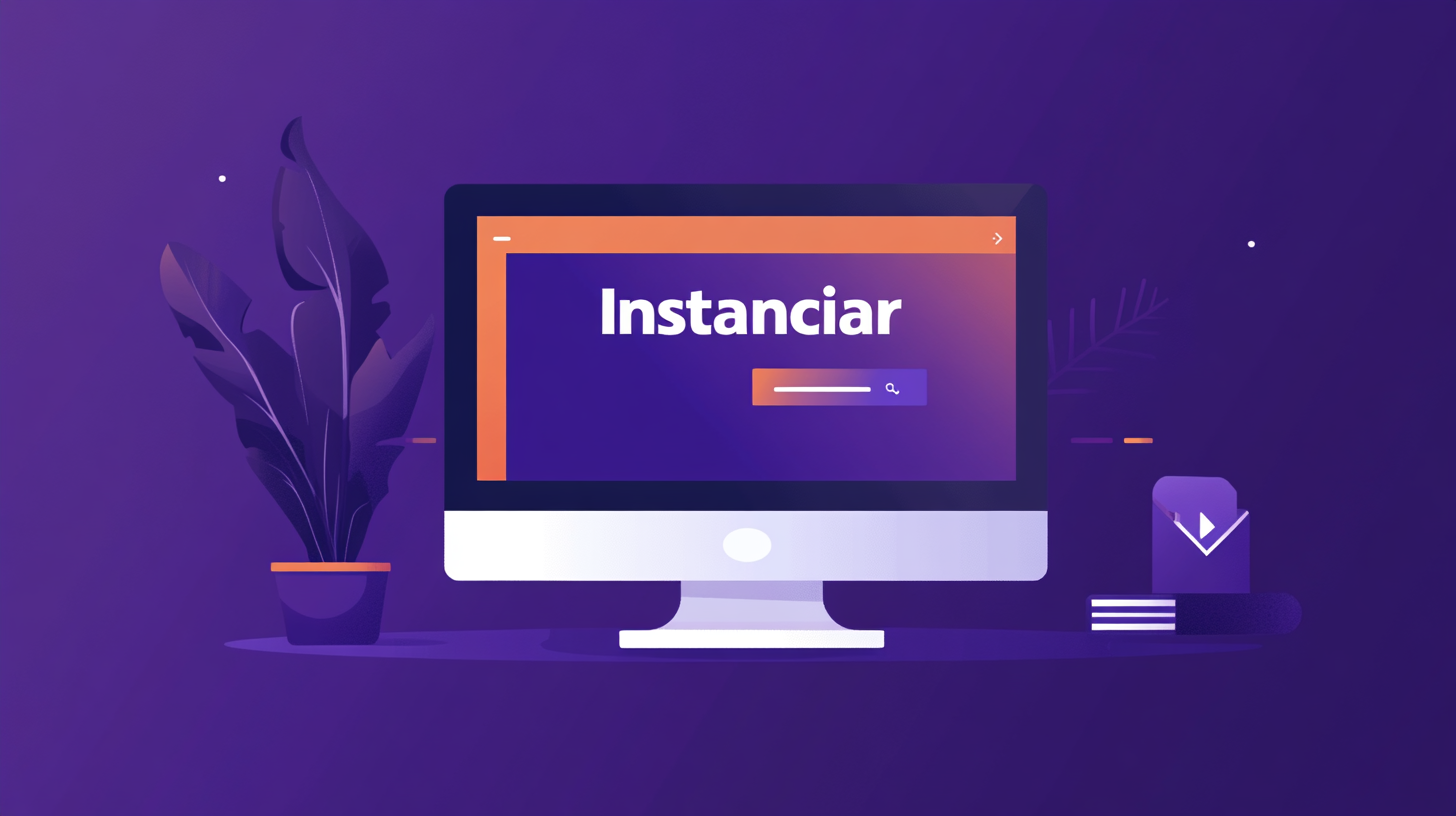Research-Backed Supplements for Improving Low Heart Rate Variability (HRV)
What is Low Heart Rate Variability
Low heart rate variability (HRV) signifies reduced fluctuation in the interval between successive heartbeats. This metric reflects imbalance in the autonomic nervous system, frequently characterized by an overactive sympathetic (“fight or flight”) response or suppressed parasympathetic (“rest and digest”) influence [19]. Individuals with low HRV often do not experience overt symptoms, yet large-scale studies have associated depressed HRV with heightened risk of cardiovascular disease, arrhythmias, and all-cause mortality [2]. Low HRV also accompanies conditions such as obesity, hypertension, diabetes, and chronic stress [19]. When HRV is persistently low, it signals a reduced ability of the body to adapt to physiological and psychological stress.
Multiple factors contribute to low HRV. Aging is a natural cause of diminished HRV, partly because of declining parasympathetic tone. Chronic medical conditions—like coronary artery disease or heart failure—exert additional burdens on autonomic regulation, exacerbating HRV decline [1]. Sedentary behavior, suboptimal diets, and elevated inflammatory markers can further reduce HRV by intensifying sympathetic drive. Individuals with high psychosocial stress frequently show chronic autonomic dysregulation, which manifests as lower parasympathetic activity and lower HRV [3][13].
Although low HRV itself is not a disease, its prognostic value in cardiovascular medicine and overall wellness makes it an important target of intervention. Clinicians may detect low HRV through electrocardiogram (ECG) readings (e.g., time-domain measures like SDNN or RMSSD, and frequency-domain indices like low-frequency (LF) and high-frequency (HF) power). Patients with heart failure, post-myocardial infarction, and diabetic neuropathy are specifically monitored for HRV changes, as they correlate with adverse outcomes [1]. Healthy individuals who track HRV with wearables also gain insight into stress recovery and cardiovascular resilience, noting that persistently low HRV can indicate suboptimal recovery from exercise or ongoing mental strain [14].
Consumer‑grade wearables have made daily HRV assessment practical outside the clinic. Devices such as the Apple Watch Series, Google Pixel Watch, and Fitbit Sense derive inter‑beat intervals from photoplethysmography sensors, providing time‑domain metrics like RMSSD that closely track single‑lead ECG in healthy adults. Continuous overnight sampling yields the most stable baseline, while morning orthostatic tests in their companion apps flag day‑to‑day autonomic shifts. Linking these readings to lifestyle logs shows, almost in real time, how sleep, exercise, or the supplements detailed below influence vagal tone. Because trends are visualized immediately, users can modify training load or schedule a mindfulness break before sustained low HRV becomes symptomatic.
Standard management of low HRV focuses on addressing underlying risk factors, such as implementing exercise, improving sleep quality, and reducing stress [2]. Patients with established cardiac disease benefit from medications like beta-blockers or ACE inhibitors, which can partially restore autonomic balance and raise HRV. For subclinical or stress-induced low HRV, non-pharmacological approaches—meditation, HRV biofeedback, yoga—are foundational. Recent research, however, points to various supplements that may further enhance vagal tone and autonomic function. The sections below summarize over-the-counter (OTC) supplements and natural products investigated for improving HRV, followed by additional lifestyle and behavioral measures with robust evidence in elevating autonomic flexibility.
Supplements for Low Heart Rate Variability
Omega-3 Fatty Acids (Fish Oil)
Mechanism of Action: Omega-3 fatty acids, particularly docosahexaenoic acid (DHA), integrate into cardiac cell membranes and modulate ion channel activity. They promote a shift toward parasympathetic (vagal) dominance by stabilizing heart rhythm and reducing excessive sympathetic stimulation [2]. Anti-inflammatory properties and improved vascular elasticity contribute to heightened baroreceptor reflex, further boosting HRV.
Evidence: Randomized trials indicate that fish oil can raise HRV indices—especially high-frequency HRV, a marker of vagal activity [2]. Over 12 weeks, 6 grams/day of DHA-rich fish oil significantly elevated HF power in overweight adults at risk for heart disease, signifying better autonomic balance.
Dosage: Typically, 1–3 grams/day of EPA+DHA is used. Higher DHA content formulas (e.g., 1.5+ grams DHA) have demonstrated strong HRV benefits. Effects often emerge after several weeks [2].
Contraindications: High doses (>3 g/day) may slightly increase bleeding risk, warranting caution for those on anticoagulants. Fish allergies or fishy aftertaste/GI discomfort can be considerations.
Notes: Quality and purity matter. Checking the EPA+DHA breakdown and ensuring minimal oxidation in fish oil can enhance outcomes. DHA is believed to exert the most direct influence on cardiac autonomic control.
Magnesium
Mechanism of Action: Magnesium regulates neuromuscular excitability and modulates stress hormone release. Adequate magnesium levels blunt sympathetic overactivity by diminishing catecholamine secretion and supporting parasympathetic nerve function [3]. Improved vagal tone arises from stabilized cardiac myocyte electrical activity and reduced physiological stress.
Evidence: In stressed or sedentary adults, supplementation of 400–500 mg/day magnesium for 1–3 months has repeatedly increased vagal-related HRV indices (e.g. pNN50, HF power) [3]. In healthy young people, 6-week use of 500 mg/day raised time- and frequency-domain HRV measures.
Dosage: 300–500 mg elemental magnesium/day in forms like glycinate or citrate is common. Absorption and GI tolerance can vary by form, though oxide and citrate have shown HRV benefits in trials.
Contraindications: Kidney dysfunction impairs magnesium excretion. High doses may cause diarrhea, so dose titration is advisable. Interactions with antibiotics or muscle relaxants warrant spacing or medical guidance.
Notes: Combining magnesium with exercise can amplify improvements in HRV. Forms such as magnesium glycinate generally cause fewer GI side effects, making them preferable for long-term use.
Vitamin B12
Mechanism of Action: Vitamin B12 deficiency can disrupt autonomic nerve fibers, lowering HRV. Correcting deficiency restores nerve myelination and improves parasympathetic and sympathetic coordination [4]. B12 also reduces homocysteine levels, mitigating endothelial dysfunction that harms autonomic regulation.
Evidence: In older adults with marginal B12 status, supplementation of 100 µg/day over 3 months significantly improved HRV, notably low-frequency power and total power [4]. Case reports in pernicious anemia show partial normalization of HRV post-B12 therapy.
Dosage: 100–1000 µg/day of oral B12 (cyanocobalamin or methylcobalamin) for several weeks can correct deficiency and enhance autonomic measures. Higher doses (e.g., 1,000–2,000 µg) are common if severe deficiency is suspected.
Contraindications: Vitamin B12 is water-soluble with minimal toxicity risk. One exception is Leber’s hereditary optic neuropathy, where B12 can exacerbate vision loss. Typically no major interactions or side effects.
Notes: Risk groups for B12 deficiency—older adults, vegans, individuals with malabsorption—may display suboptimal HRV partly due to neuropathy. Testing B12 levels in unexplained low HRV can guide targeted therapy.
Vitamin D
Mechanism of Action: Vitamin D sufficiency supports autonomic balance by reducing inflammation and improving vascular compliance [5]. Deficiency can shift the system toward sympathetic overdrive. Adequate vitamin D also modulates the renin-angiotensin system, indirectly aiding baroreflex sensitivity.
Evidence: Observational studies link low 25(OH)D to reduced HRV, though supplementation trials yield mixed results [5]. In end-stage renal disease, achieving normal vitamin D status prevented further HRV decline, but robust improvements were not consistently observed.
Dosage: 2,000–5,000 IU/day of vitamin D₃ is standard for deficiency correction. Weekly bolus (50,000 IU) is sometimes used for severely low levels, followed by maintenance.
Contraindications: Excess vitamin D can induce hypercalcemia, necessitating caution with very high doses (>10,000 IU/day). Monitor calcium in patients with granulomatous diseases or on thiazides.
Notes: Optimizing vitamin D primarily helps those confirmed to be deficient. Adequate levels may reduce sympathetic tone and improve vascular function, thus indirectly raising HRV.
Coenzyme Q10 (CoQ10)
Mechanism of Action: CoQ10 is vital for mitochondrial ATP production in cardiac tissue and acts as an antioxidant [6][12]. By enhancing cellular energy supply and reducing oxidative stress, CoQ10 can facilitate better autonomic control, especially under physical exertion.
Evidence: Acute CoQ10 supplementation (~100 mg) improved HRV during mild exercise, increasing both low-frequency and high-frequency components [12]. Another trial combining CoQ10 with royal jelly showed improved parasympathetic recovery post-intense training [6].
Dosage: 60–200 mg/day of CoQ10 (ubiquinone or ubiquinol) is typical. Higher doses (100–200 mg) may be used in heart failure or older adults with low baseline CoQ10.
Contraindications: Generally well tolerated. Mild hypotensive effects suggest caution with antihypertensive drugs. CoQ10 can reduce warfarin efficacy slightly, warranting INR checks in anticoagulated patients.
Notes: Forms of CoQ10 vary in bioavailability, with ubiquinol often preferred in older populations. CoQ10 is especially relevant for statin users, as statins lower endogenous CoQ10.
Gamma-Aminobutyric Acid (GABA)
Mechanism of Action: As the main inhibitory neurotransmitter, GABA reduces sympathetic outflow and promotes vagal tone [7]. Oral GABA supplementation is linked to lower stress hormone levels and improved parasympathetic activity.
Evidence: A 90-day RCT in sedentary women found 200 mg/day GABA significantly improved HRV indices, boosted emotional well-being, and enhanced sleep quality relative to placebo [7]. Some acute studies show immediate rises in vagal-driven HRV after GABA intake.
Dosage: 100–300 mg/day is a common range. Higher amounts (500–800 mg) can intensify sedation. Evening dosing supports sleep.
Contraindications: GABA can cause drowsiness; combining with CNS depressants (alcohol, sedatives) can yield additive sedation. Limited data exist for pregnancy/breastfeeding.
Notes: GABA-based relaxation also helps those whose low HRV stems from chronic stress or sleep disturbances. “Pharma GABA” is a fermented form frequently studied for its bioactivity.
Ashwagandha (Withania somnifera)
Mechanism of Action: Ashwagandha acts as an adaptogen, reducing cortisol and adrenaline. Through this stress-lowering effect, it increases parasympathetic dominance and often raises HRV in high-stress individuals [8].
Evidence: A 12-week trial using 400 mg/day ashwagandha in stressed adults documented a notable HRV rise [8]. Other RCTs similarly report higher vagal indices and reduced resting heart rate after supplementation.
Dosage: 300–600 mg/day of standardized root extract, typically for 8–12 weeks. Lower doses may be less effective.
Contraindications: Avoid in pregnancy. Caution if hyperthyroidism is present; ashwagandha can boost thyroid hormone levels. Mild GI upset or sedation is possible.
Notes: Ashwagandha complements lifestyle changes and other vagal-promoting activities such as yoga and meditation, often enhancing stress resilience and sleep.
Cordyceps Mushroom
Mechanism of Action: Cordyceps promotes ATP synthesis, reduces oxidative stress, and may lower exercise-related sympathetic drive [9]. By improving oxygen utilization and cardiovascular efficiency, it supports quicker parasympathetic rebound.
Evidence: Preliminary RCTs combining Cordyceps with other adaptogens show improved HRV and fatigue resistance under endurance training [9]. Direct trials of Cordyceps alone are limited but point toward better autonomic recovery post-exercise.
Dosage: 1–3 g/day of Cordyceps mycelium or standardized extract. Typical usage extends for several weeks or months to observe endurance and HRV changes.
Contraindications: Generally safe, though mild hypoglycemic or anticoagulant effects can occur. Avoid in pregnancy due to insufficient data.
Notes: Cordyceps is popular with athletes for its anti-fatigue properties. Combining with other adaptogens (Rhodiola) may amplify HRV improvements.
Matured Hop Bitter Acids (MHBA)
Mechanism of Action: Aged hops contain oxidized bitter acids that stimulate vagal afferents via bitter taste receptors [10]. This elevates parasympathetic output, supporting relaxation and improved HRV.
Evidence: In a 2023 crossover trial, a single dose of MHBA significantly increased high-frequency HRV during cognitive tasks, preventing stress-induced HRV declines [10].
Dosage: Often 100–300 mg of hop bitter acids in extracts. Some sedative hop formulas range up to 300–500 mg in the evening for relaxation.
Contraindications: Sedative effects caution against combining with other CNS depressants. Mild allergic reactions are rare.
Notes: Hop extracts used in non-alcoholic beverages or supplements may help both relaxation and HRV. “Matured” hops differ from fresh hops in chemical profile, enhancing vagal activation.
L-Citrulline / Beetroot (Nitrate)
Mechanism of Action: L-citrulline and dietary nitrates (beetroot) boost nitric oxide (NO) production, improving vascular function and baroreceptor sensitivity [11]. Enhanced arterial compliance supports higher parasympathetic modulation.
Evidence: In a crossover study, ~6 g/day L-citrulline from watermelon juice preserved HRV under glycemic stress [11]. Beetroot juice trials similarly link elevated NO to greater HRV and improved post-exercise autonomic recovery.
Dosage: 3–6 g/day L-citrulline or a daily beetroot juice providing ~300–600 mg nitrate. Effects on HRV can appear within 2–4 weeks.
Contraindications: Potential hypotension caution when combined with antihypertensives or PDE5 inhibitors. Beetroot can cause harmless “beeturia.”
Notes: Supporting NO production complements exercise and a heart-healthy diet. L-citrulline is often favored over arginine for better absorption and less GI distress.
Additional Steps to Improve Low HRV
Although supplements can be valuable adjuncts, non-supplement interventions are foundational for restoring autonomic balance. Regular aerobic exercise remains one of the most potent measures, as it lowers resting heart rate and raises overall vagal tone [2]. Activities like brisk walking, cycling, or swimming, performed consistently, help optimize baroreflex sensitivity and increase time-domain and frequency-domain HRV indices.
Mind-body practices such as mindfulness meditation, yoga, and controlled breathing (HRV biofeedback) directly elevate parasympathetic drive and can produce substantial increases in high-frequency HRV [18]. Controlled breathing at ~6 breaths/minute can maximize respiratory sinus arrhythmia. Yoga combines beneficial physical exercise with slow, diaphragmatic breathing, further strengthening vagal regulation.
Addressing sleep quality is equally pivotal. Adequate, uninterrupted sleep enables the nocturnal parasympathetic surge that recharges the autonomic system [14]. Chronic sleep deprivation or sleep disorders (e.g. obstructive sleep apnea) markedly suppress HRV, whereas correcting those issues can yield noticeable HRV gains overnight.
Finally, stress reduction and relaxation techniques—including cognitive-behavioral therapy, massage, or nature therapy—help reduce sustained sympathetic overdrive, a key contributor to low HRV. Engaging in daily relaxation strategies allows for consistent vagal activation. Integrating these interventions with targeted supplementation often yields the greatest HRV improvements, creating a comprehensive autonomic support plan.
Ongoing Research
Clinical interest in raising HRV has spurred investigations into novel supplement combinations and emerging therapies. Some trials are examining whether multivitamin-mineral formulas enriched with adaptogens can produce additive HRV benefits compared to single-agent supplements [1]. Others are exploring the gut microbiome as a modulator of HRV, testing probiotics or high-fiber diets to enhance vagal signaling via gut-brain interactions. Noninvasive vagus nerve stimulation (ear-clip devices) is another promising approach; early studies suggest that controlled low-intensity stimulation of auricular vagal branches can boost HRV, though further validation is needed [16][17].
In chronic disease contexts, researchers aim to identify if systematically improving HRV reduces adverse outcomes in heart failure, post–myocardial infarction status, or diabetic autonomic neuropathy [1]. Some teams are also combining mental health treatments (for depression or anxiety) with HRV biofeedback to determine if raising HRV accelerates symptom relief. In the realm of digital health, wearable sensor technology is fueling interest in real-time feedback interventions for low HRV: if HRV dips during the workday, an app might prompt a quick breathing or meditation practice, potentially preventing extended sympathetic dominance. These evolving lines of study underscore that multiple pathways—nutritional, behavioral, and technological—can be harnessed to correct low HRV, fostering enhanced cardiovascular resilience and well-being.
References
Pomportes, L., et al. (2015). Heart Rate Variability and Cognitive Function Following a Multi-Vitamin and Mineral Supplementation with Added Guarana. Nutrients, 7(4), 3668-3688.
Ninio, D.M., et al. (2008). Docosahexaenoic acid–rich fish oil improves heart rate variability and heart rate responses to exercise in overweight adults. Br J Nutr, 100(5), 1097-1103.
Wienecke, E., & Nolden, C. (2016). Long-term HRV analysis shows stress reduction by magnesium intake. Aktuelle Medizin, 158(S6), 12-16.
Sucharita, S., et al. (2012). Vitamin B12 supplementation improves heart rate variability in healthy elderly Indian subjects. Auton Neurosci, 168(1-2), 66-71.
Mann, M.C., et al. (2016). The VITAH trial – Vitamin D supplementation and cardiac autonomic tone in patients with end-stage kidney disease: A randomized controlled trial. Nutrients, 8(10), 608.
Ovchinnikov, A.N., et al. (2022). Royal jelly plus coenzyme Q10 enhances high-intensity interval exercise performance via alterations in cardiac autonomic regulation. Front Nutr, 9, 893515.
Abdelfattah, Y., et al. (2024). GABA supplementation increases heart-rate variability, emotional response, sleep efficiency and reduces depression in sedentary overweight women. J Diet Suppl (in press).
Smith, S.J., et al. (2023). Ashwagandha (Withania somnifera) extract in adults with high stress and fatigue: A randomized, placebo-controlled trial. J Psychopharmacol, 37(11), 1091-1104.
Liao, Y.H., et al. (2019). Rhodiola/Cordyceps-based supplement in endurance training: A randomized study. Nutrients, 11(10), 2357.
Kanatome, A., et al. (2023). Effects of matured hop bitter acids on heart rate variability and cognitive performance: A crossover trial. J Funct Foods, 100, 105383.
Allerton, T.D., et al. (2023). Watermelon juice supplementation preserves HRV during hyperglycemia: A randomized crossover trial. Nutrients, 15(4), 810.
Zheng, A., & Moritani, T. (2008). Influence of CoQ10 on autonomic nervous activity and energy metabolism during exercise in healthy subjects. J Nutr Sci Vitaminol, 54(4), 286-290.
Lopresti, A.L. (2020). Association between micronutrients and heart rate variability: A review of human studies. Adv Nutr, 11(3), 559-575.
Chalmers, T., et al. (2022). Associations between sleep quality and heart rate variability: Implications for stress detection using wearables. Int J Environ Res Public Health, 19(9), 5770.
Nishiyama, K., et al. (2001). Acute effects of melatonin on cardiovascular autonomic regulation in healthy men. Am Heart J, 141(5), E9.
Capilupi, M.J., et al. (2020). Vagus nerve stimulation and the cardiovascular system. Cold Spring Harb Perspect Med, 10(12), a034173.
Stavrakis, S., et al. (2015). Tonic vagus nerve stimulation has minimal effect on heart rate and heart rate variability in humans. Pacing Clin Electrophysiol, 38(5), 545-550.
Kim, H.G., et al. (2013). Effects of mindfulness-based stress reduction on heart rate variability in healthy individuals: A meta-analysis. J Korean Med Sci, 28(9), 1277-1285.
Umetani, K., et al. (1998). Twenty-four hour time domain heart rate variability and heart rate: Relations to age and gender over nine decades. J Am Coll Cardiol, 31(3), 593-601.



